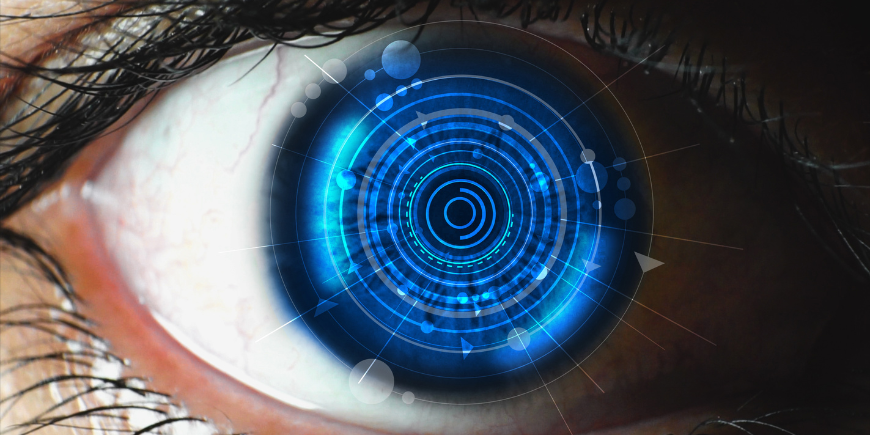The post-quantum theory of gravity is an innovative model that brings together the theory of relativity and quantum physics and reconciles their fundamental principles.
A revolutionary theory of gravity could unite two previously irreconcilable areas of physics. It could provide new answers to some of the universe’s greatest mysteries.
This innovative paradigm opens the way to a new phase of critical exploration and a profound renewal of the fundamental principles of physics, redefining the way we conceive of space-time.
The postquantum theory of gravity
For decades, one of the great mysteries of modern physics has been how to reconcile Einstein’s theory of general relativity, which describes gravity and the structure of spacetime, with quantum mechanics, which governs subatomic particle behaviour.
Although both theories have been rigorously tested and refined over time, they have always resisted attempts at unification, even challenging prominent figures such as Stephen Hawking and Einstein himself. Attempts such as string theory and loop quantum gravity have explored the idea of spacetime as a quantum network composed of ‘units’ (bits) of quantum information.
A team of physicists at Queen Mary University of London, led by Professor Ginestra Bianconi, recently presented an innovative approach. Instead of quantising gravity, they propose to redefine quantum mechanics itself. Their post-quantum theory of gravity retains the classical concept of spacetime formulated by Einstein, but makes changes to quantum mechanics to make it compatible with gravity.
This new paradigm challenges traditional ideas about space-time and the quantisation of gravity. It opens up a crucial debate about the future of physics.
The implications of this approach could be profound. The theory could affect the accuracy with which we calculate the weight of objects, the lifetime of atoms and other quantum phenomena. However, because it is still in its infancy, post-quantum gravity faces many challenges, including a lack of experimental evidence. Researchers are actively working to develop experiments that can test the predictions of this new perspective.
A theory to rewrite the laws of the cosmos
Although general relativity remains the most accurate model for describing gravity, it cannot explain mysterious phenomena such as dark matter and dark energy, which make up about 95% of the total energy in the universe. Only the remaining 5% is made up of ordinary matter, which current theories can describe more accurately.
A new theoretical framework proposes the introduction of a positive cosmological constant of small value, which could better explain the accelerated expansion of the universe attributed to dark energy. At the same time, it hypothesises the existence of a ‘G-field‘ that could explain the gravitational influence of dark matter.
At low energies and in regions of space with less gravitational curvature, this theory reproduces the equations of general relativity. But it goes further, making predictions that could be tested by future cosmological observations.
The theory is still in its infancy. However, the importance of its potential implications for understanding the universe makes it a particularly promising area of research.
The research, led by Professor Ginestra Bianconi and published in the journal Physical Review D on 3 March, represents a major step towards unifying the two fundamental theories of physics. If confirmed, this new perspective on gravity could shed light on the deepest mysteries of the cosmos and mark one of the most important advances in theoretical physics in recent decades.


